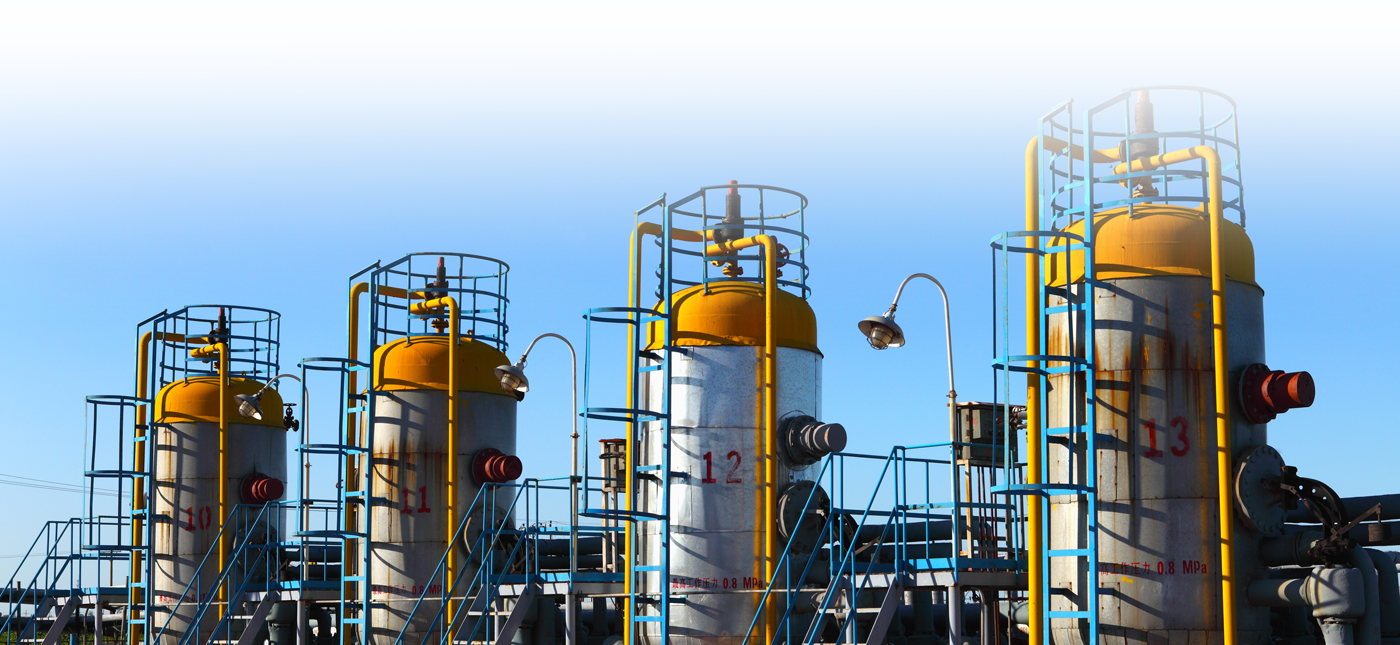Pulsation Accoustics
Pulsation, Vibration, and Noise Issues with Wet and Dry Screw Compressors
Paper No. 100
By Donald R. Smith
Presented at the 41st Turbomachinery Symposium
Houston, TX, Sept. 24-27, 2012
Although wet (oil injected) and dry (oil free) screw compressors are widely used in many applications, limited information is available regarding the pulsation, vibration, and noise problems associated with these types of compressors. This tutorial discusses such problems and includes case histories where field testing was performed, and provides design recommendations. Both wet and dry screw compressors normally generate pulsation at the pocket passing frequency (PPF) and its multiples. The pulsation amplitudes are affected by many variables such as mole weight of the gas, operating pressures, speed, screw profile, and shape of the discharge port. The pulsation amplitudes are further amplified by acoustical natural frequencies of the compressor/silencer/piping system. Dry screw compressors are generally supplied with suction and discharge silencers which are designed to attenuate the pulsation generated by the compressors. Most of the silencers are reactive type (Helmholtz filters), absorptive type, or a combination of these two. Although the silencers are designed to attenuate pulsation at certain frequencies, they can also amplify pulsation when the excitation frequencies are coincident with the acoustical natural frequencies of the silencer itself. Pulsation in the silencers can also increase the vibration levels of the compressor rotors and can cause electrical problems to be fed into the local bus. Therefore, the silencers should be carefully designed to attenuate the pulsation levels over a wide frequency band. Wet screw compressors typically do not have silencers, since oil separators are used. The oil separators are primarily designed to remove the oil from the gas, but the separators can also attenuate and/or amplify the pulsation generated by the compressor. The shell wall mechanical natural frequencies can also be excited by pulsation at multiples of the PPF, which can result in excessive noise levels and fatigue failures of the shell wall, attached small bore piping, instrumentation, and the oil injection lines.
Download PDF
